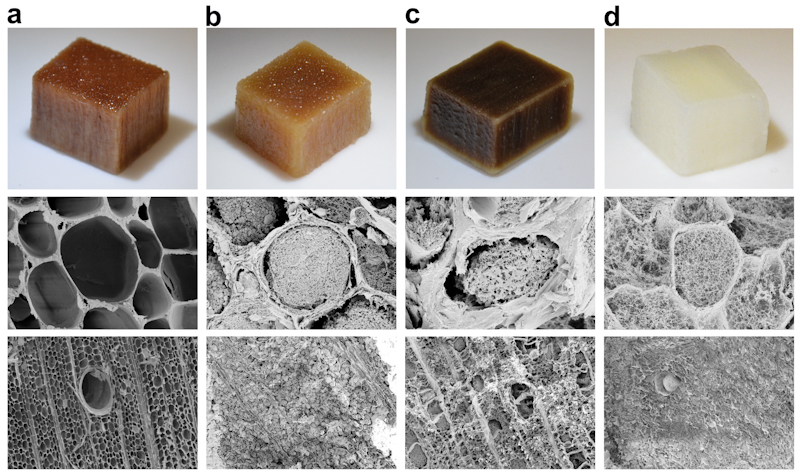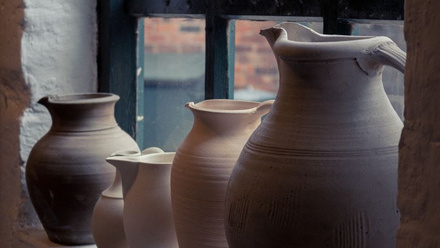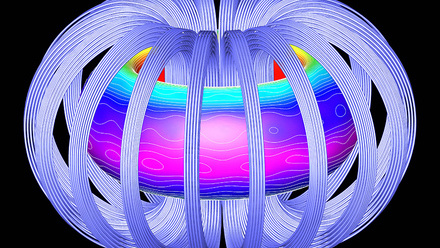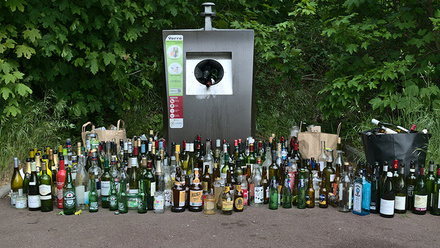Electric wood
Scientists at KTH Royal Institute of Technology in Sweden claim to have advanced understanding of wood to the point of harvesting a greater electricity yield from nanoengineered material.

They have so far generated 1V of electricity by passing water through refined wood.
Transpiration, the process of water movement through a plant, is constantly occurring in nature. The process produces small amounts of bioelectricity. Yuanyuan Li, Associate Professor at the Division of Biocomposites at KTH, and her team have been trying to increase this level of electricity using nanoengineering to improve the properties of wood.
Electricity generation in wood is influenced by several factors such as area, porosity (density), surface charge, how readily water can pass through the material, and the water solution itself.
To enhance electricity generation, highly nanoporous wood is necessary. Here, wood was nanoengineered with a specific surface area more than 200 times of native dried wood.
Li says, 'We call the integrated wood aerogel. The technique applied was cell wall nanoscale reassembly. To be specific, cell wall partial dissolution and regeneration, resulting in nanocellulosic fibrils network formation in the empty microscale lumen.
'We compared the porous structure in regular wood with the material we improved with regard to surface, porosity, surface charge and water transportation. Our measurements showed electricity generation that’s 10 times higher than with natural wood.'
She says that further tuning of the pH difference between wood and water, due to an ion concentration gradient, achieves a potential harvest of up to 1V, current density up to 13µA/cm² and a power output of 1.35µW/cm².
To date, the material delivers high voltage for about two to three hours, before it begins to wane. So far, the wood has managed 10 cycles with water, without a decline in the material’s performance,
Li comments, 'Now we can run small devices such as an LED lamp or a calculator [although] there is still a long way to go before using for normal daily life.
'If we wanted to power a laptop, we would need about 1m² of wood about 1cm thick, and about 2L of water.'
The native wood used is subjected to chemical treatment, during which the partial wood cell wall is dissolved and regenerated as a nanofibril network in the lumen.
This treatment results in the wood becoming highly porous, by generating a porous cell wall.
The work is leading wood nanoengineering towards lignocellulosic materials design for advanced applications.
Li explains, 'Top-down approach simplifies the processing and explores the nature-designed structure advantage.
'The success of the nanoengineered wood for energy harvesting paves the way for sustainable energy systems development by using biomaterials through a scalable and green nanoengineering technology.
'The great advantage of this technology is that the wood can readily be used for other purposes once it’s depleted as an energy source, such as transparent paper, wood-based foam and different biocomposites.'
Looking to the future she says: 'The idea is to build a power plant based on wood, and ideally in the future, combined with buildings.' For example, she envisages that a wooden house could be a power plant that could supply enough electricity for daily use, with further tailoring of the wooden structure for electricity generation combined with structural function.
This idea was conceived from seeing a report about measuring the electricity generated from trees around 2014.
Li adds, 'Transpiration is one of the factors influencing the electricity generation from trees. Although the measured voltage was low, this led to an idea of generating electricity from trees.'
She recognised that there is limitation for direct power collection from living trees. Therefore, this led to the idea of mimicking electricity generation in trees using wood – transpiration being critical.







